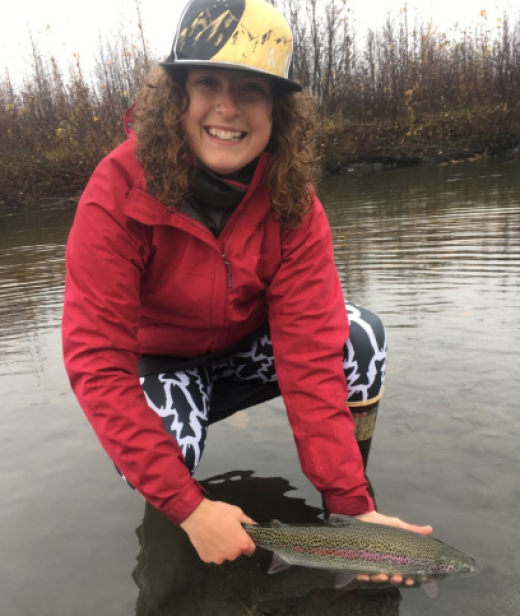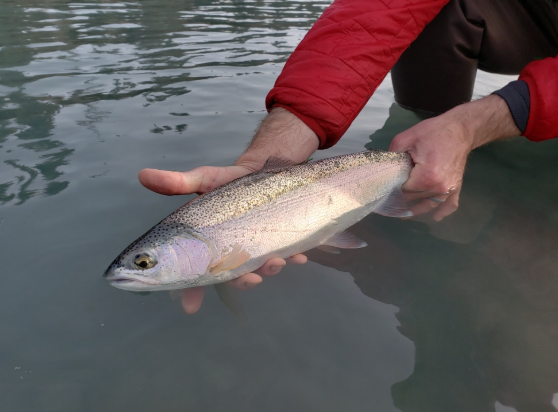By Eric Booton
I am more familiar with the routine of MRI scans for shoulder injuries than I care to admit. It begins with a large needle into the heart of the joint to inject a dye that makes it easier to view the soft tissue, ligaments etc. and ends with more than 30 minutes head first in a tube only slightly larger than your body. I was admittedly less than enthused to recently submit to another MRI.
The sounds of a nuclear reactor meltdown alarm blended the screams of a violently angry fax machine rattle my ear drums and drown out the bluegrass tunes playing on my headset that I selected in attempt to soothe my nerves while the powerful magnets of the machine work their imaging magic.
I’m given a ball to squeeze in case of a “get me the hell out of here” emergency, and against my better judgement, I open my eyes with immediate regret when the bed I am on stops inside the machine. I may have a large nose, but this ceiling is still closer to the tip of my nose than I recall. It takes all my will power to refrain from squeezing the ball.
Approximately 30 seconds down and 34.5 minutes to go. Yikes. This is the last place I want to be.
—
It’s quiet on the Kenai River, or at least the back channel I have found myself on. Yellow and orange fallen leaves drift in the current. The sun is shining yet the air remains brisk. Two of my toes are cold and my hands routinely find themselves in the pocket of my fleece lined waders after releasing each fish. This is where I want to be.
What I presumed was a snag in front of a large log jam comes alive and a well-fed rainbow trout takes to the skies while making a run upstream after being fooled by my micro flesh fly. The fish lands like a cannonball with each jump, giving my 7wt a thorough work out, and eventually finding its way into the net despite a spirited effort to escape.
For the trout bum, fall football season in Alaska doesn’t always mean draft beer, nachos, and big screen TVs, fall football season means big, football shaped, rainbow trout.
Salmon carcasses — fresh, snacked on, and sometimes picked clean–line the bank and invade my nostrils. The beautiful stench of successful salmon that returned, spawned and subsequently died is the aroma I associate with fall. This is where I want to be.
—
 Brittney and I are alone on this clear water tributary bound for a large and wild glacial river. We haven’t encountered any of the four bears that an angler in the parking lot warned us about though we remain vigilant, alert, and most importantly, loud.
Brittney and I are alone on this clear water tributary bound for a large and wild glacial river. We haven’t encountered any of the four bears that an angler in the parking lot warned us about though we remain vigilant, alert, and most importantly, loud.
Colored up coho hold water, swim circles, and pair off in clear water pools while waiting for the rains to come and allow for easier passage up the small stream to their spawning grounds. I place a cast to the far side of the stream, deep into the mess of logs, branches, and brush that a wise trout might call home.
My drifting indicator comes to life almost immediately. Racing up the pool, down the pool, and toward the safety of the submerged timber before being successfully redirected back toward the shallows and my trusty net girl. The fish is released and I pass the rod to my wife and take the net.
Three casts later and I’m the ecstatic husband yelling “Nice job, Babe!” while waiting for my moment to shine as net boy.
—
The intrusive noises stop. I can once again hear the banjo picking in my headphones and my wedding ring is no longer vibrating from the magnetic forces. I sense a light at the end of the MRI tunnel but I am cautious with my optimism.
I feel the bed I am lying on begin to move, retrieving me from the constricting tube. I wait for the bed to positively stop before opening my eyes and returning to reality. Thirty-four minutes and 30 seconds spent on my river of fishing memories from the past two days. I’d hazard to assume there are worse ways to start a Tuesday, even if an MRI tube isn’t where you want to be.
Eric Booton is the sportsmen’s outreach coordinator for TU’s Alaska Program. He lives and works in Anchorage.



